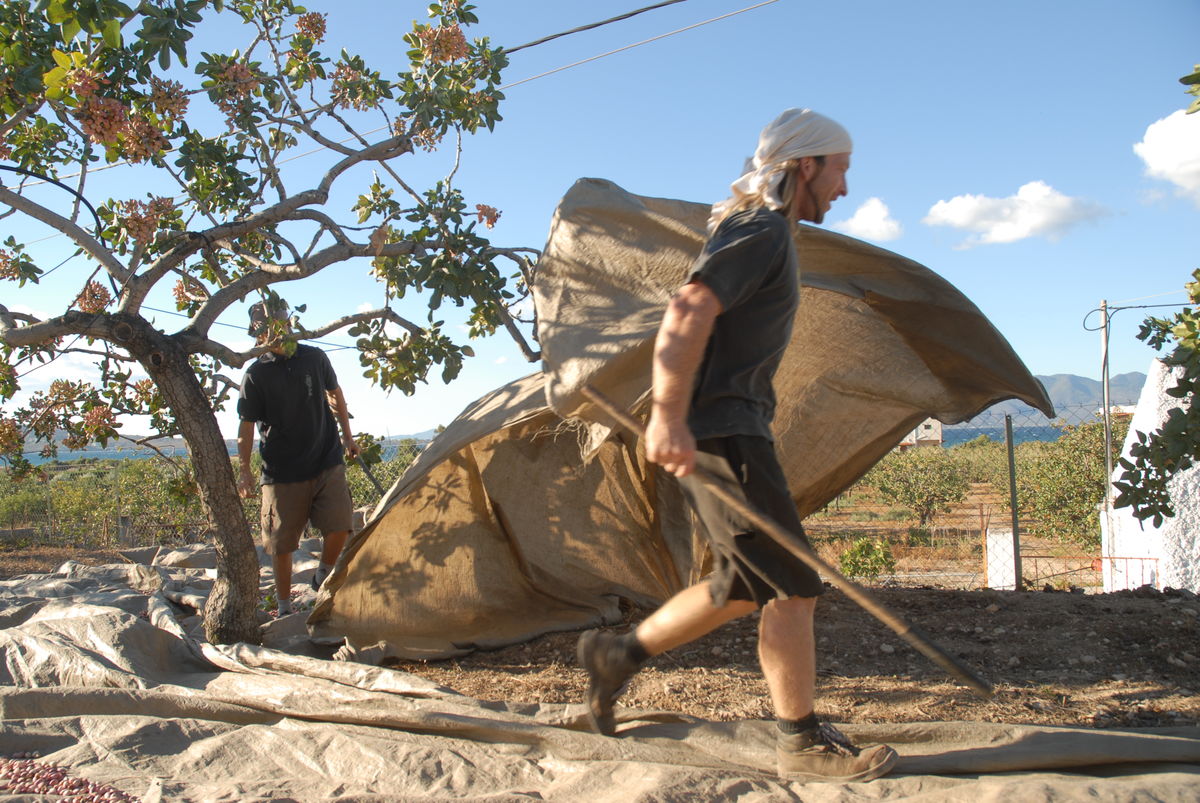
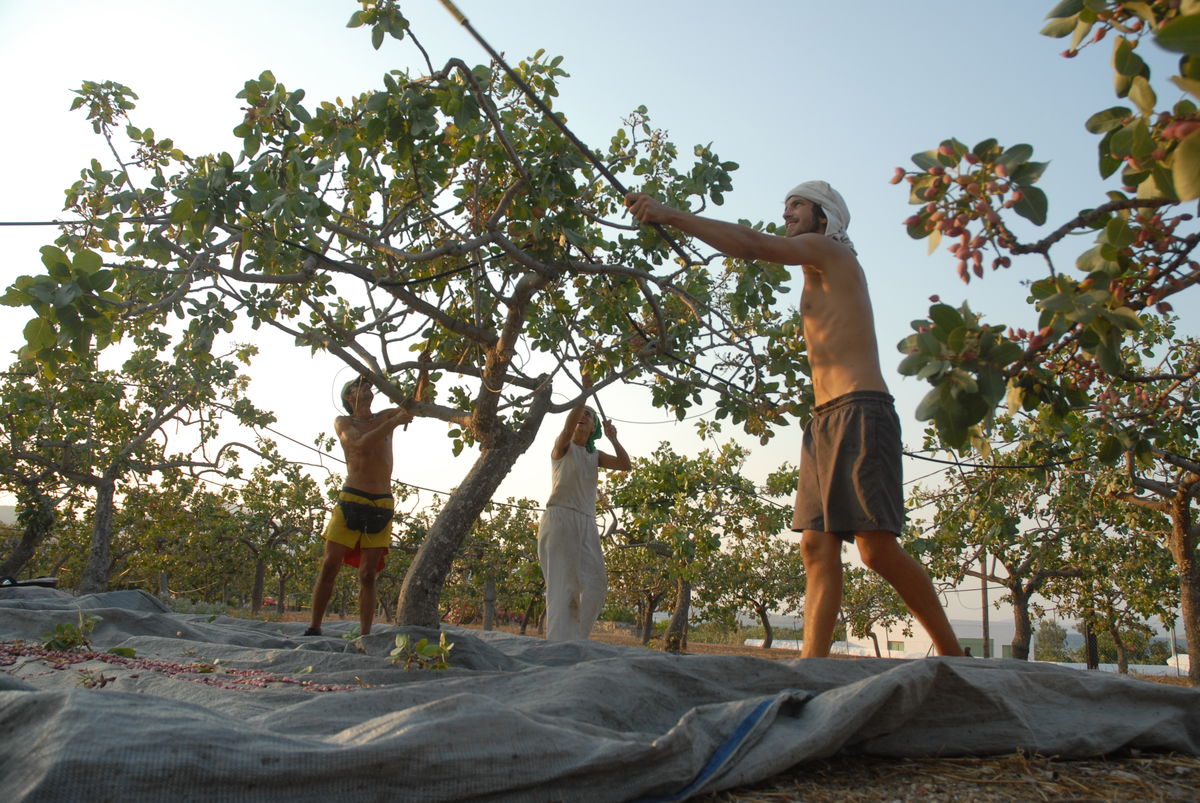
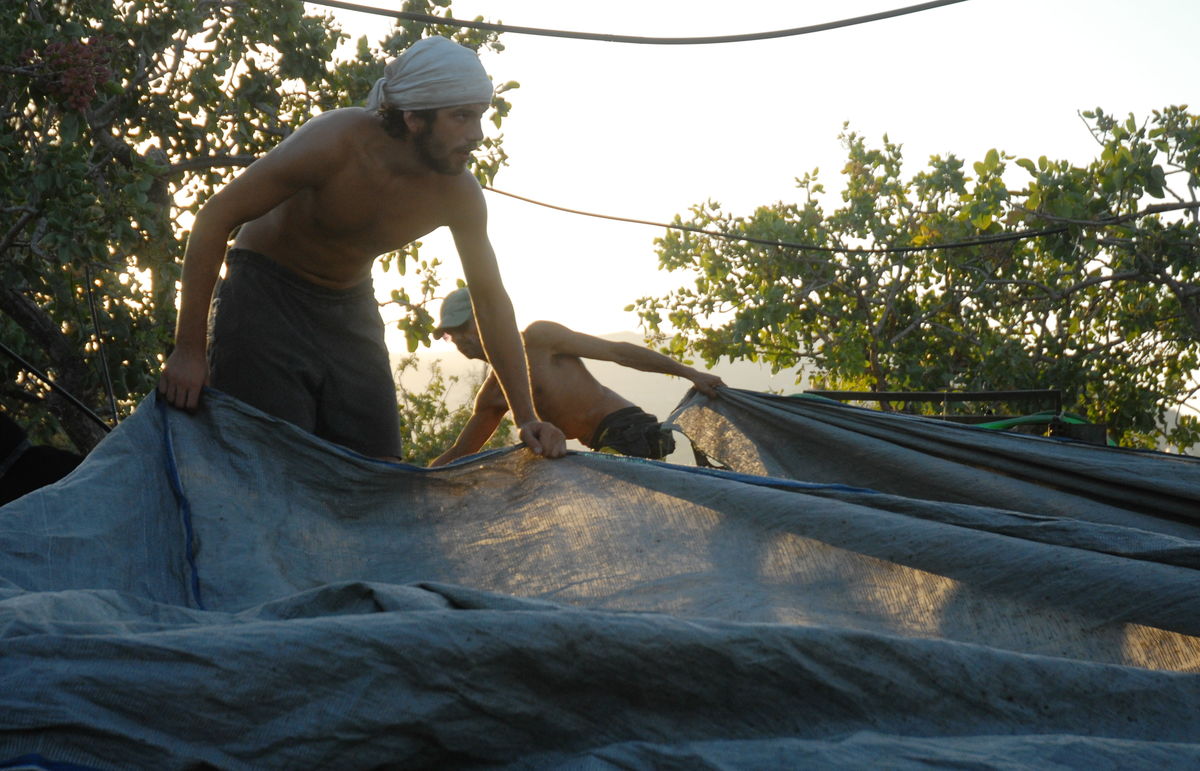
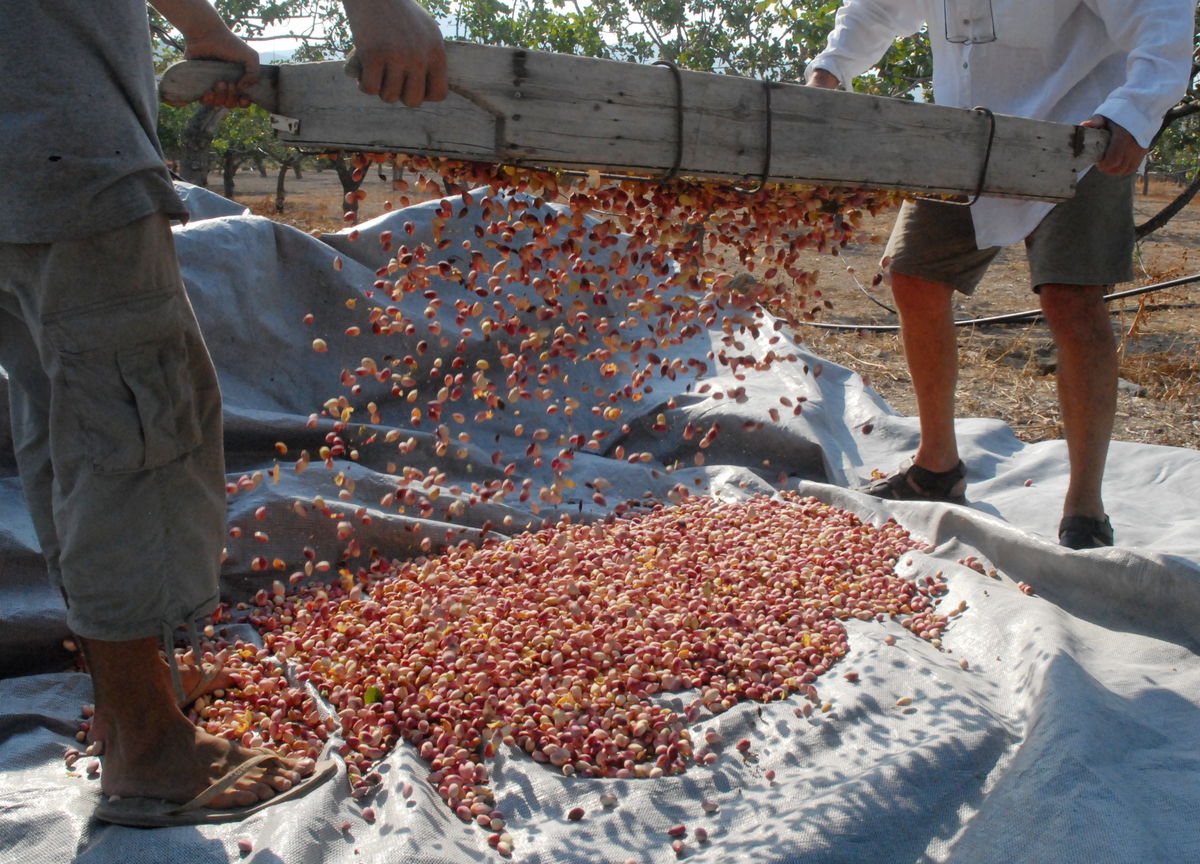
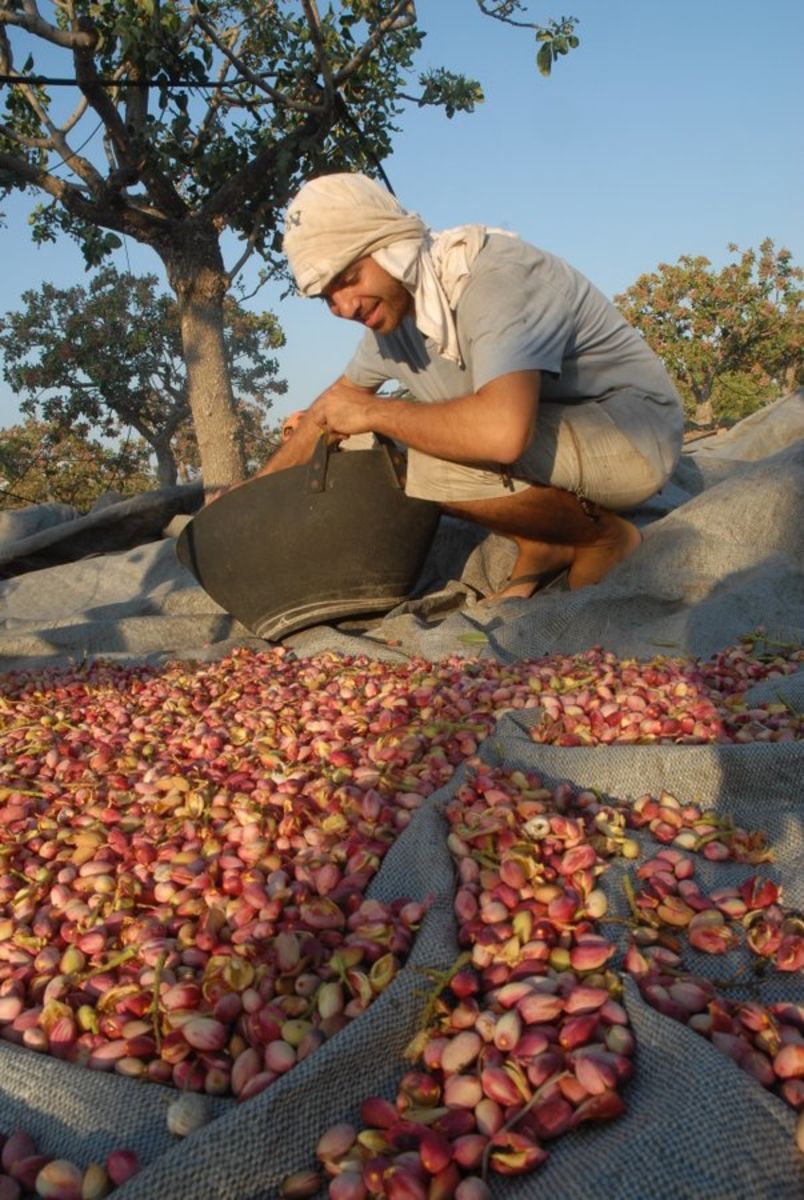
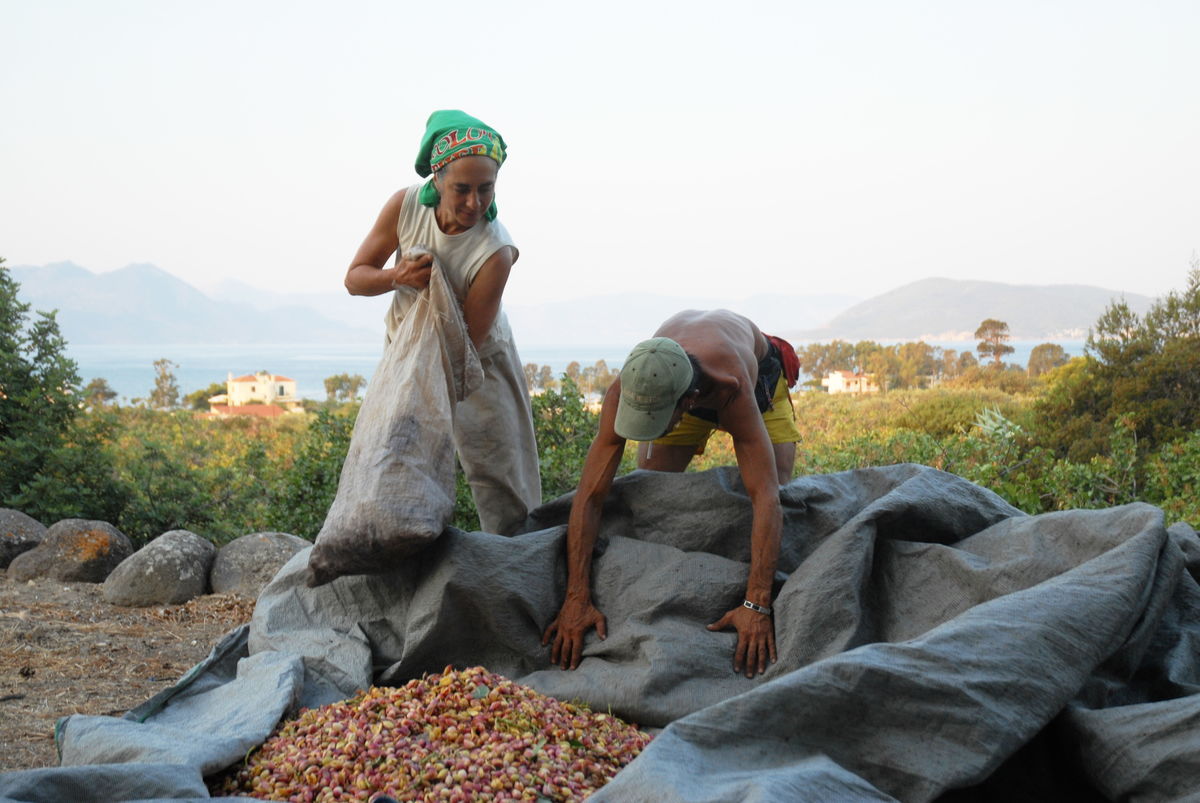
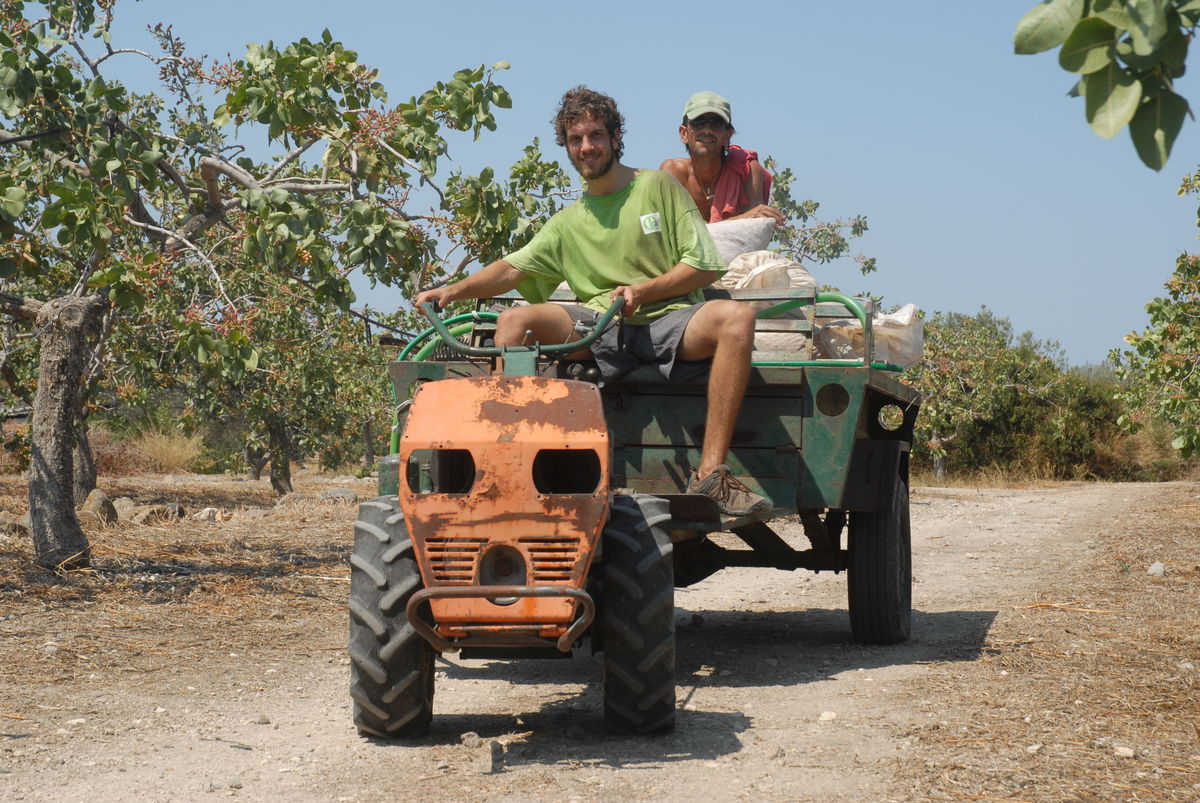
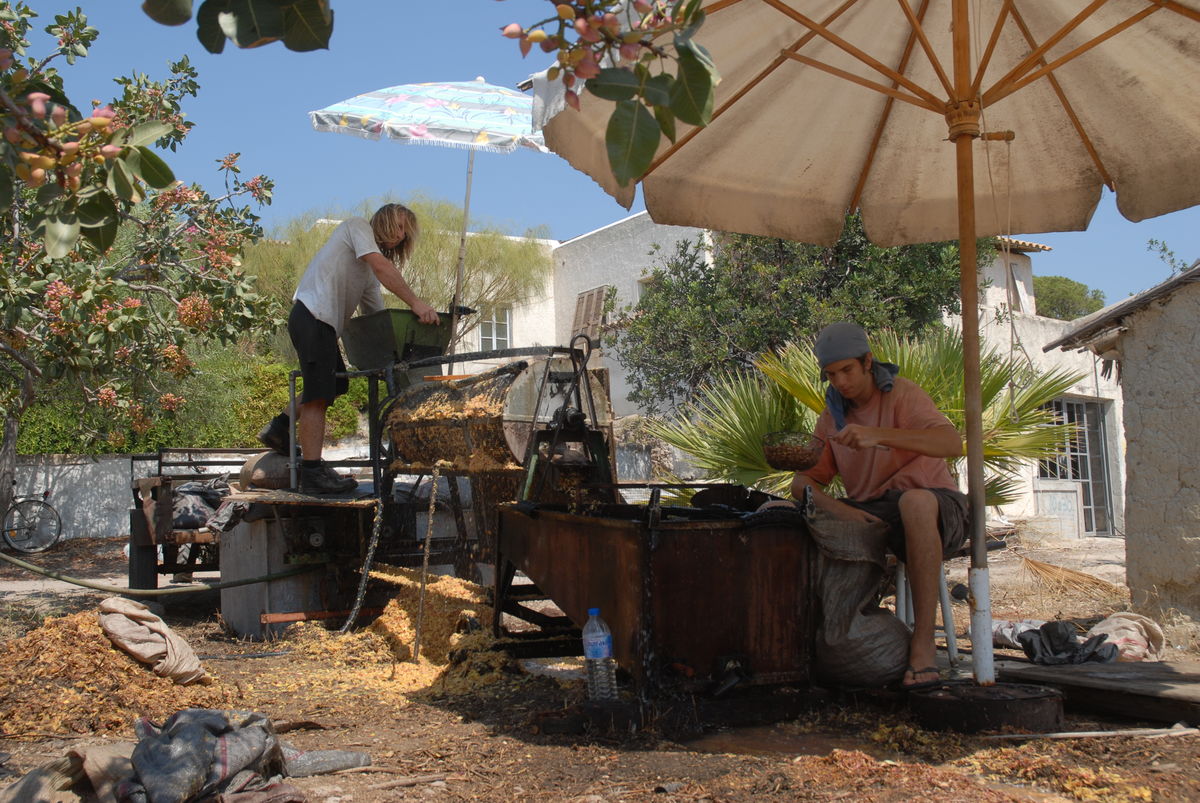
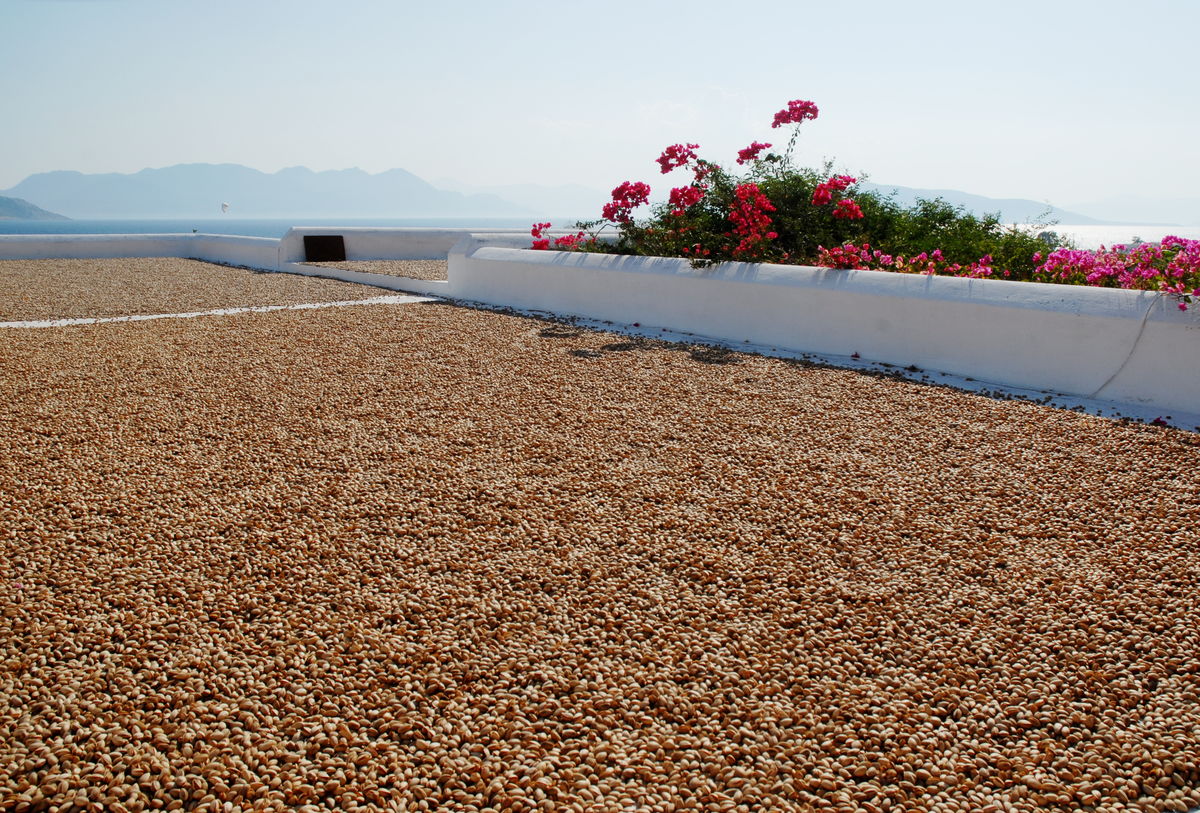
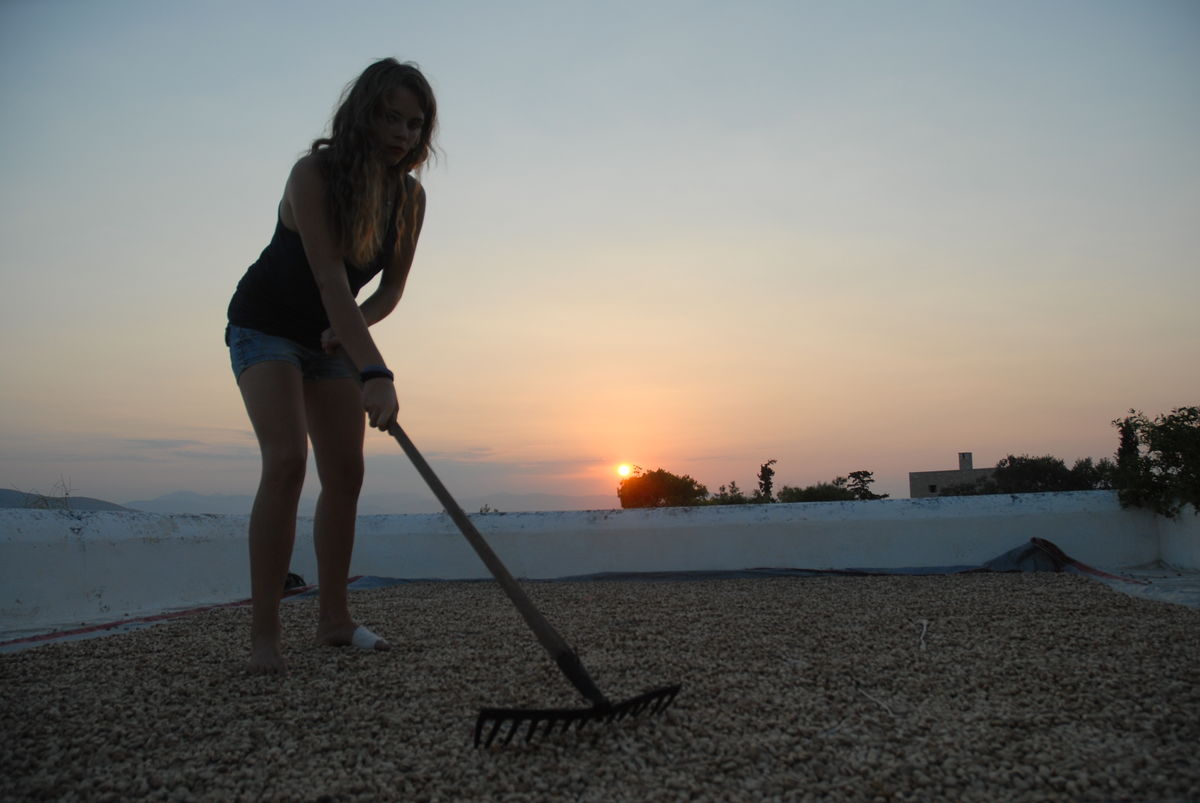
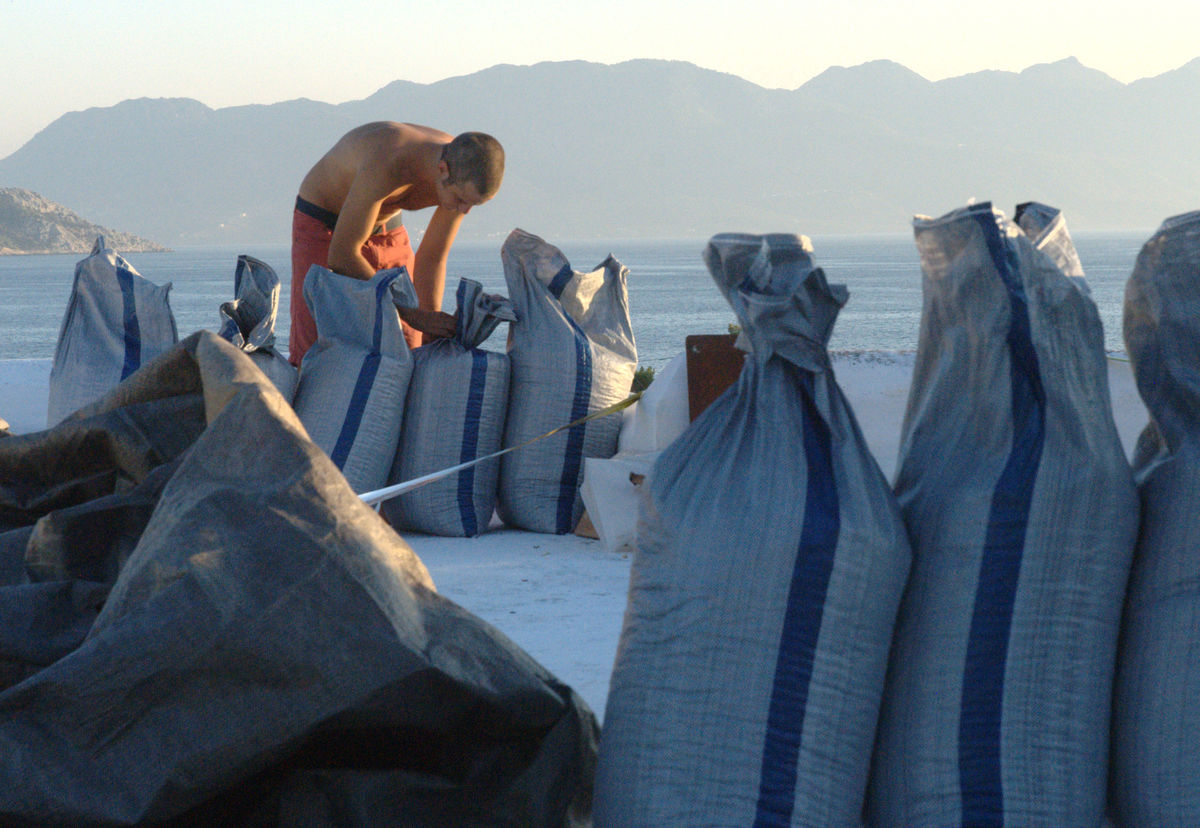
Author: adpis
The pistachio
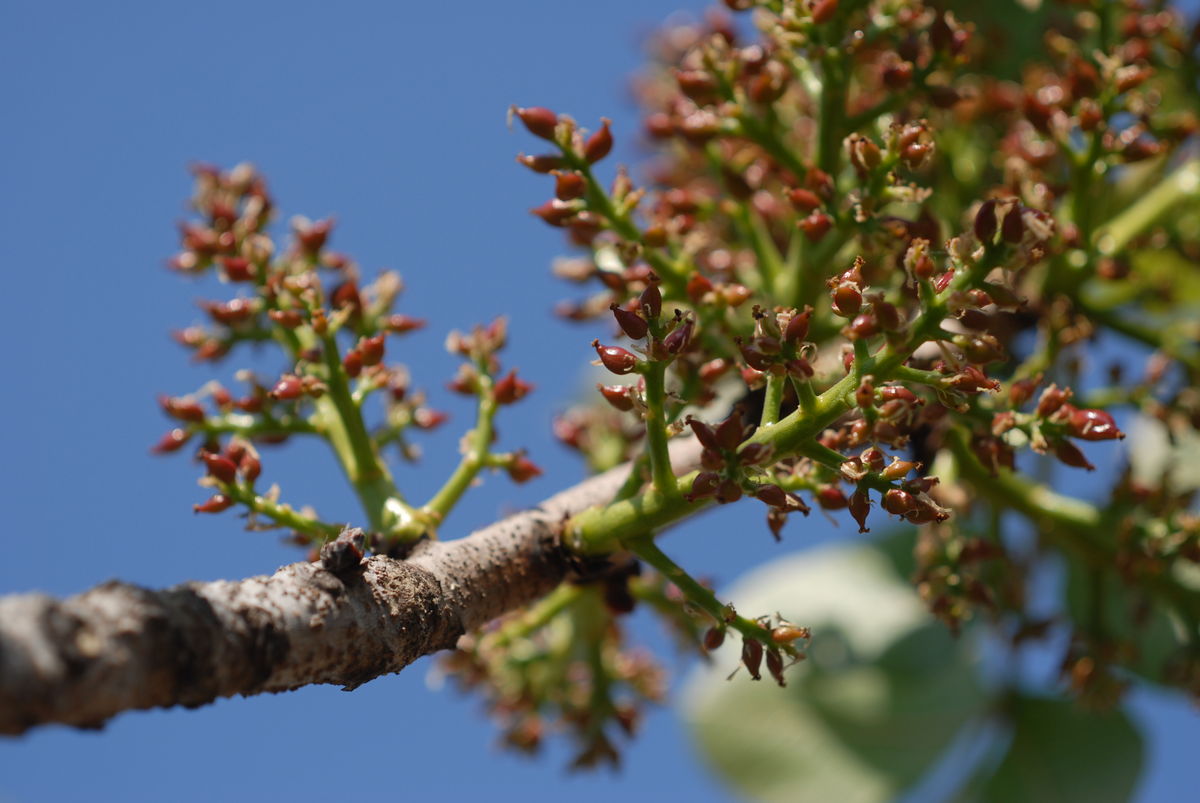
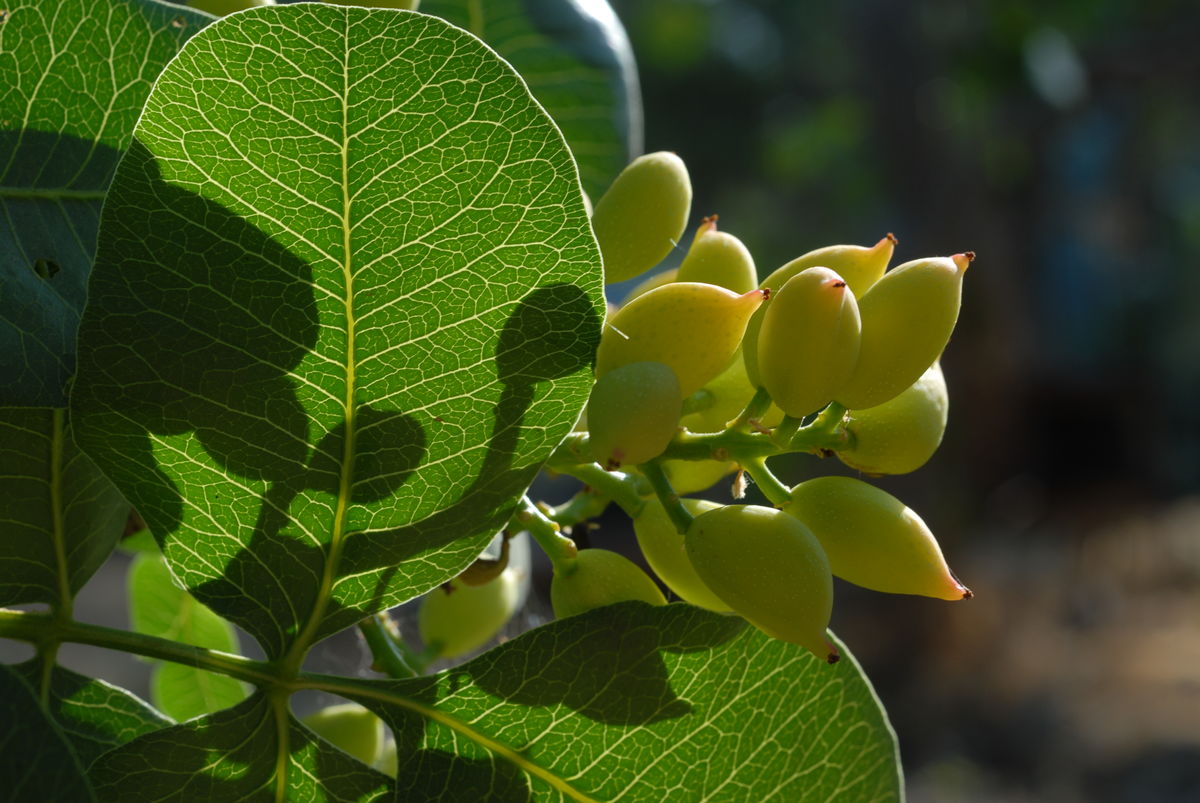
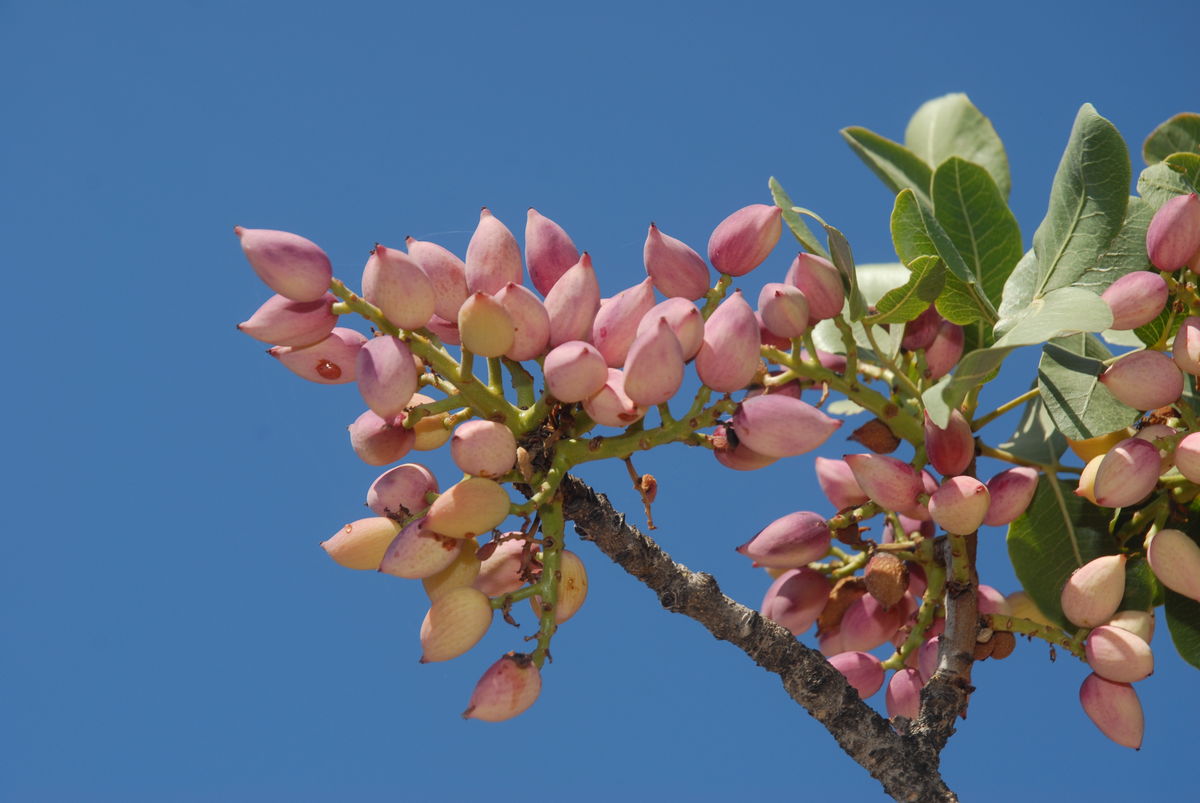
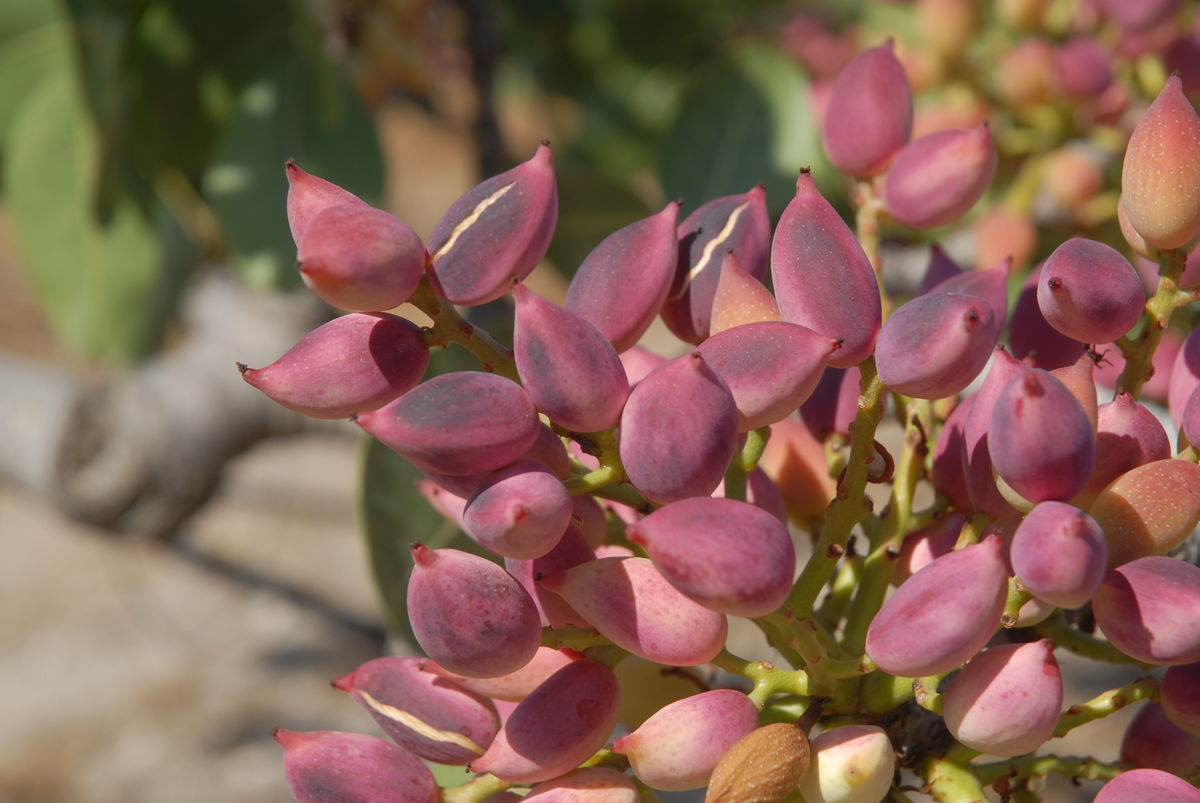
The pistachio tree
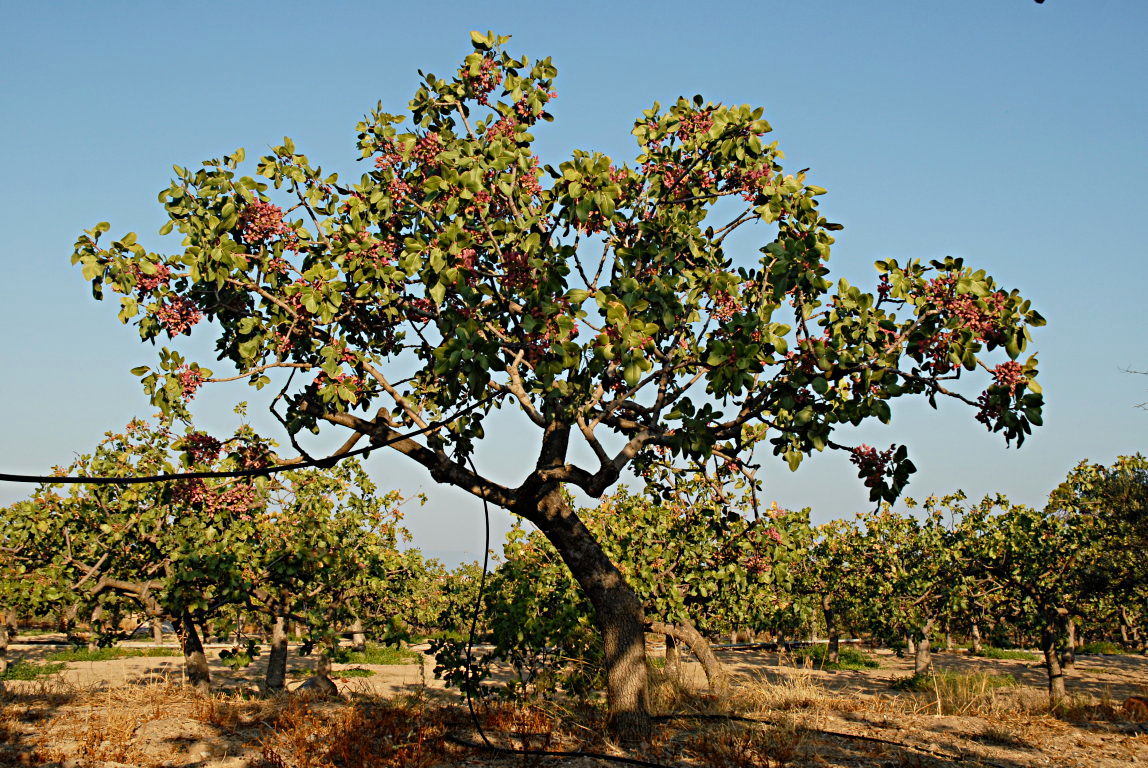
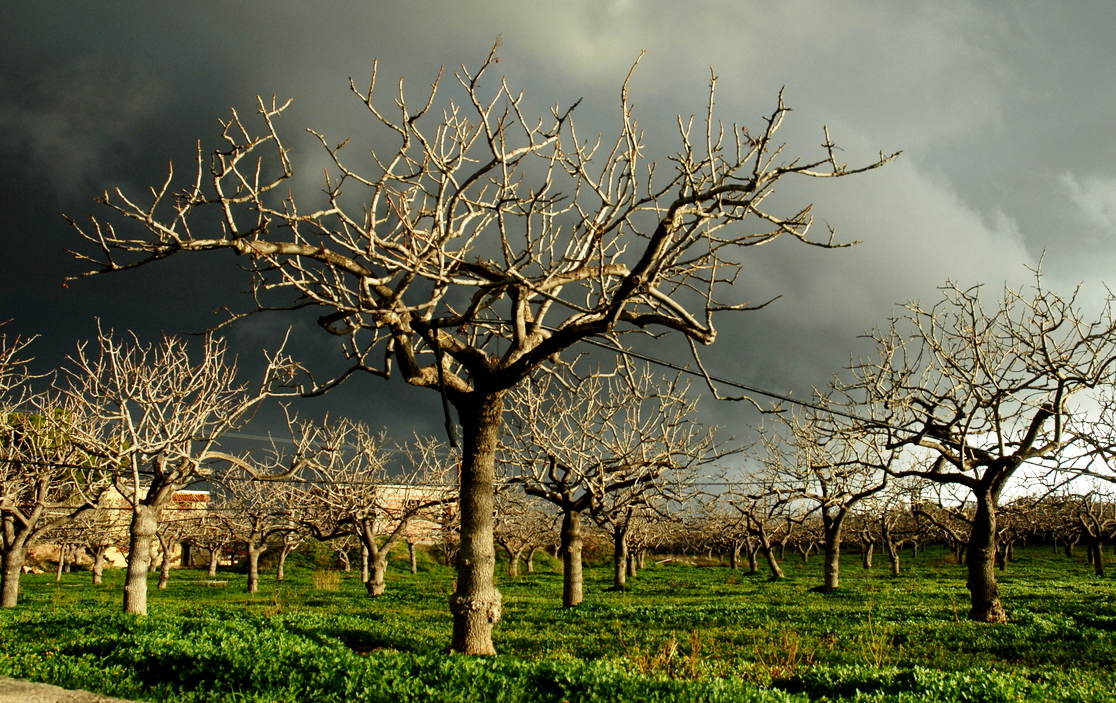
The flowers
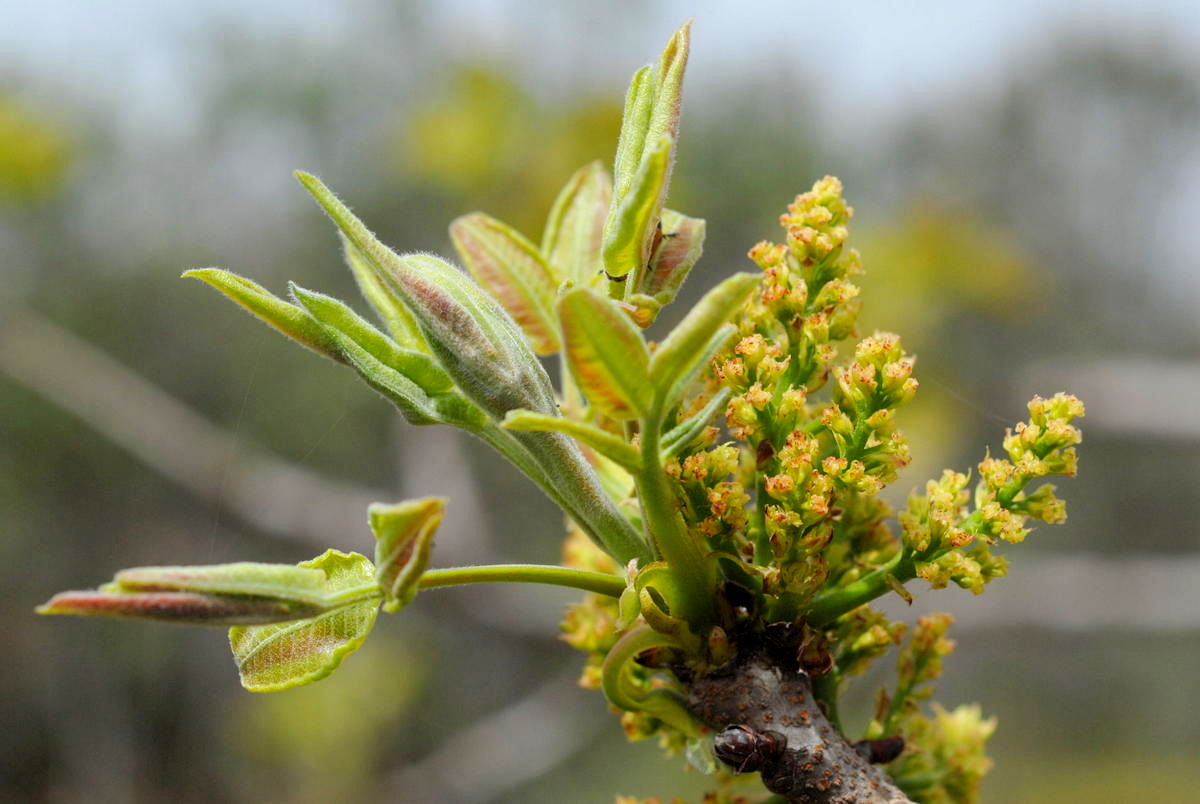
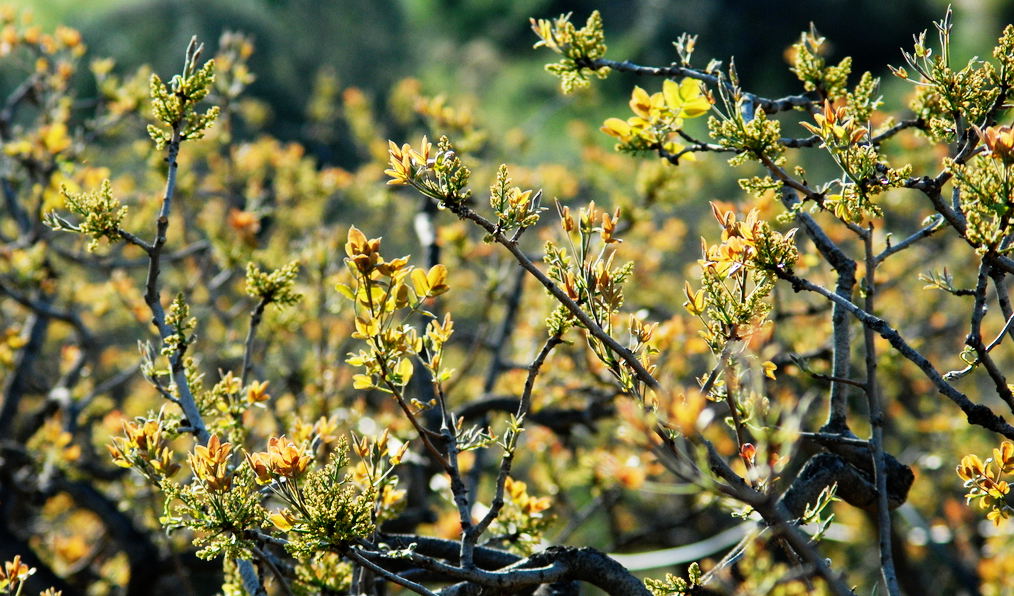
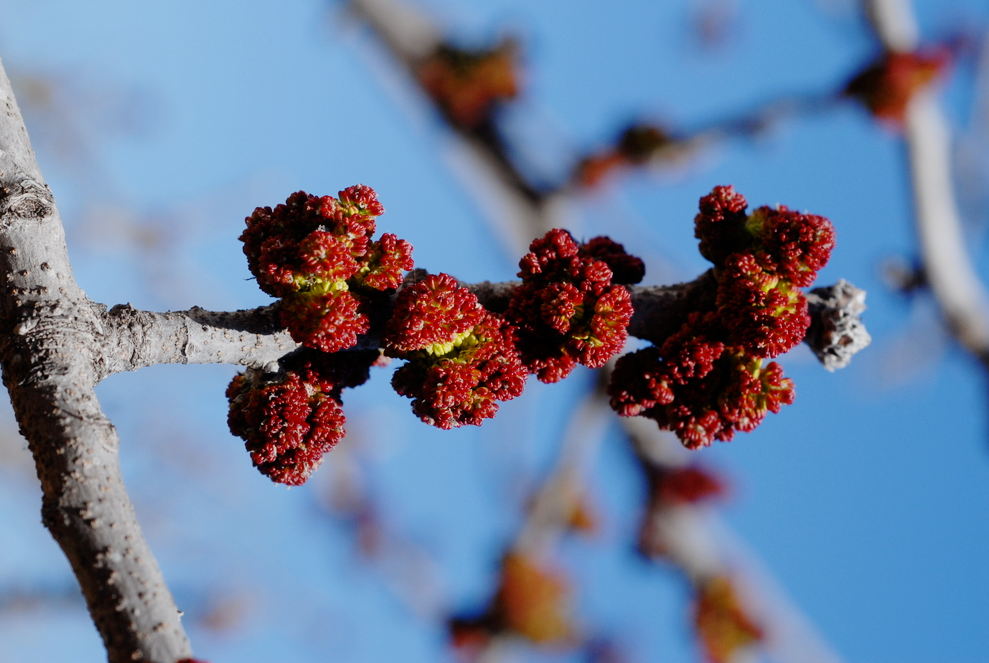
The Aegina Pistachio’ as protected designation of origin – P.D.O.
 In 1994 the Aegina Pistachio entered the lists of products with protected designation of origin (P.D.O.)
In 1994 the Aegina Pistachio entered the lists of products with protected designation of origin (P.D.O.)
The institution of products with protected designation of origin was a decision made by the European Union (EU) to protect the names of products from certain specified areas which are affected by illegal competitors using that name. The inclusion of the Aegina Pistachio as a product of protected designation of origin was ratified by the law P.D. 81/19.3.1993 after an application by the Aegina Agricultural Association after a presentation and proposal by the Farming Management Association of Pireaus, headed by the local agronomist Aristotelis Tekos, while the research into its economic expediency was made by the agronomist Michalis Moutsatsos.
According to the study, the reasons that the Aegina Pistachio was declared a product of Protected Designation of Origin, are:
The Aegina Pistachio is the product of a particular area as shown by its pan-Helladic fame and the name of the pistachio with the name of Aegina.
The Aegina Pistachio, due to a rare combination of factors, has an unique flavour which is what has made it famous.
The pistachio cultivation along with other factors has kept the population in Aegina, and there is no sign of the island becoming deserted like so many others.
In 1996 the Aegina Pistachio was registered as product of Protected Designation of Origin (P.D.O) in the EU’s official gazette.
From the 1970s to 1990
Pistachio cultivation continued to spread during the decades 1970 to 1990. The 1974 census refers to 4,200 stremmata. By the year 2000 this must have increased by at least 1,000 more stremmata.
Many people planted pistachio trees in Aegina, most of whom are not farmers. Some planted pistachio trees around their houses, others in small orchards and some in estates of tens of stremmata. It is not possible to find and mention their names in this article – that would be the work of a dissertation on the subject. However they all contributed to the distribution of the Aegina pistachio and an increase in the awareness of its high quality and excellent taste.
The establishment of the agricultural cooperativeof Aegina pistachio producers
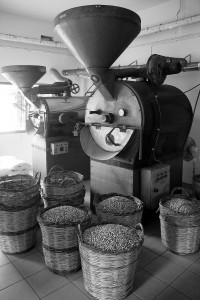 In 1947 the Aegina Agricultural Cooperative was founded. Nevertheless the archives of the Cooperative refer to activities already being undertaken by a small group inspired by Evangelo Marini, dating from around the time of the German Occupation of the island.
In 1947 the Aegina Agricultural Cooperative was founded. Nevertheless the archives of the Cooperative refer to activities already being undertaken by a small group inspired by Evangelo Marini, dating from around the time of the German Occupation of the island.
In November 1959 the “Aegina” newspaper published an article in which a suggestion was made to establish an Agricultural Cooperative of Aegina Pistachio Producers in an attempt to counter the exploitation of farmers by commercial traders.
In 1975 the Cooperative created a branch for pistachio farmers. In the General Assembly on 18th August 1996 its name was modified to the Agricultural Cooperative of Aegina Pistachio Producers – today it has 350 members.
The Cooperative’s goals are:
a) To intervene on behalf of Aegina’s pistachio producers in the subject of the product’s price
b) To control the distribution and processing of the Aegina pistachio.
The 1950s and 60s
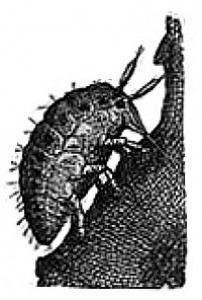 THE APPEARANCE OF PHYLLOCERA & THE GREAT INCREASE IN PISTACHIO FARMING
THE APPEARANCE OF PHYLLOCERA & THE GREAT INCREASE IN PISTACHIO FARMING
The increase in pistacio farming in Aegina came about during the ‘50s and ‘60s, when phylloxera struck the island’s vineyards. Phylloxera is a small insect which attacks the roots of European vines and dries out the leaves. Five years after its arrival in a vineyard, all the grapevines would wither.
In the early 1950s phylloxera appeared in Attica and the Ministry of Agriculture in an attempt to protect Aegina – whose primary product then was the grape – set up a plant disease control post in the harbour to stop the entry of any product onto the island which could harbour the insect (saplings etc). But these attempts to control the spread of the disease failed. We don’t know exactly when the insect started to make inroads into Aegina’s vineyards, but it was probably around the end of the 1950s.
On the infected vineyards the farmers then started to plant pistachio saplings among the vines so that when the vines had dried up they would have already established their new product.
The data shows that in 1950 there were 13,000 stremmata of vineyards which fell to 4,382 stremmata in 1961. The land under pistachio cultivation in 1961 was 3,200 stremmata against 1,050 stremmata in 1950.
The 1940s – the war

Those who worked the land grew staple plants such as the potato. It seems unlikely that pistachio cultivation spread at all during this period, although those who produced pistachios could exchange them for other foods, or supplement their meagre diet.
In 1950, according to data from the National Statistical Service, the cultivation of pistachios covered 1,050 stremmata. It is believed that most of that land was planted after the end of the war.
The 1930s – the establishment of nurseries
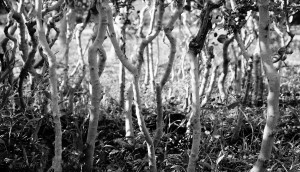 During the 1930s the spread of pistachio cultivation continued. Professor Panos Anagnostopoulos writes in his book: “The Pistachio Tree in Greece” (1935) of pistachio trees in Attica as well as in Aegina. Nikolis Haimandas, in the early 1930s had planted a large part of his land with pistachio trees, and they were already bearing fruit. At the end of the 1930s he established his first commercial nursery. He took on Dionysis Loukatos, a graduate of the Agricultural College, as his assistant. Haimandas sold saplings produced in Aegina as well as those from other parts of Greece. He also gave away plants to his workers to improve their earnings. He really believed that the pistachio was a potential source of wealth for the island, so much so that in his will he left orders that his heirs should continue his work.
During the 1930s the spread of pistachio cultivation continued. Professor Panos Anagnostopoulos writes in his book: “The Pistachio Tree in Greece” (1935) of pistachio trees in Attica as well as in Aegina. Nikolis Haimandas, in the early 1930s had planted a large part of his land with pistachio trees, and they were already bearing fruit. At the end of the 1930s he established his first commercial nursery. He took on Dionysis Loukatos, a graduate of the Agricultural College, as his assistant. Haimandas sold saplings produced in Aegina as well as those from other parts of Greece. He also gave away plants to his workers to improve their earnings. He really believed that the pistachio was a potential source of wealth for the island, so much so that in his will he left orders that his heirs should continue his work.
His sons continued with the pistachio tree nursery and as his son Andonis says, more than half the pistachio trees in Aegina came from the Haimanda nursery. The Haimanda family has been working with pistachio trees for over 60 years.
Pistachio tree nurseries were set up also by many other landowners. With the plants they produced, they firstly covered the needs of their own estates and then sold on what they didn’t need.